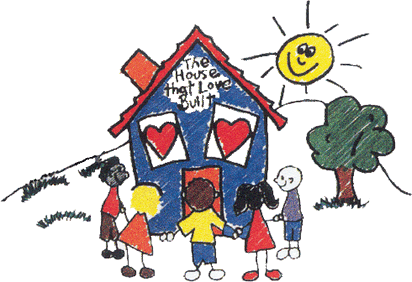Professionalism in Child and Youth Care
Application of Professionalism to Residential Care
"One doesn't have to behave in order to be loved,
but to be loved in order to behave"
Alan Keith-Lucas
According to Thomas Linton and Michael Forster, the role of the child and youth care worker in a residential setting goes beyond that of a professional. Strong positive identification with the child is, they say, the central quality in "an effective re-education of the troubled child" (2003). They go on to say that "this activation of the child's deepest personal concerns enables the child to move beyond adult distrust to a close emotional bonding with the worker and this is an essential part in breaking down the tough resistances often maintained by the youth living in a residential setting" (Linton & Forster, 2003).

http://www.meadeco.org/health/childcare/tabid/4324/default.aspx
This perspective is in line with research conducted by Larry K. Brendtro in 1990. In Powerful Pioneers in Residential Group Care: A Look at Our Roots and Heritage, Brendtro talks about the three themes which he says undergird group child care: relationship, competence, and service. Two hundred years ago, Johan Heinrich Pestalozzi said, "Teaching is by no means the essence of education. It is love that is its essence. Without love, neither physical nor the intellectual powers of the child will develop naturally" (as cited by Brendtro, 1990). Brendtro goes on to write that "love, acceptance and understanding [are] prerequisites to positive behaviour" (1990). Today, research suggests that "one needs a powerful culture, a shared community, if a program is to truly work" (Brendtro, 1990).
This website was created in 2011 by Jean Braun and Kristy Jackson
students in the Child and Youth Care (CYC) stream of the Human Services Diploma program
as a project for the "Professionalism in Child and Youth Care" course
at Selkirk College in Castlegar, BC, Canada.
